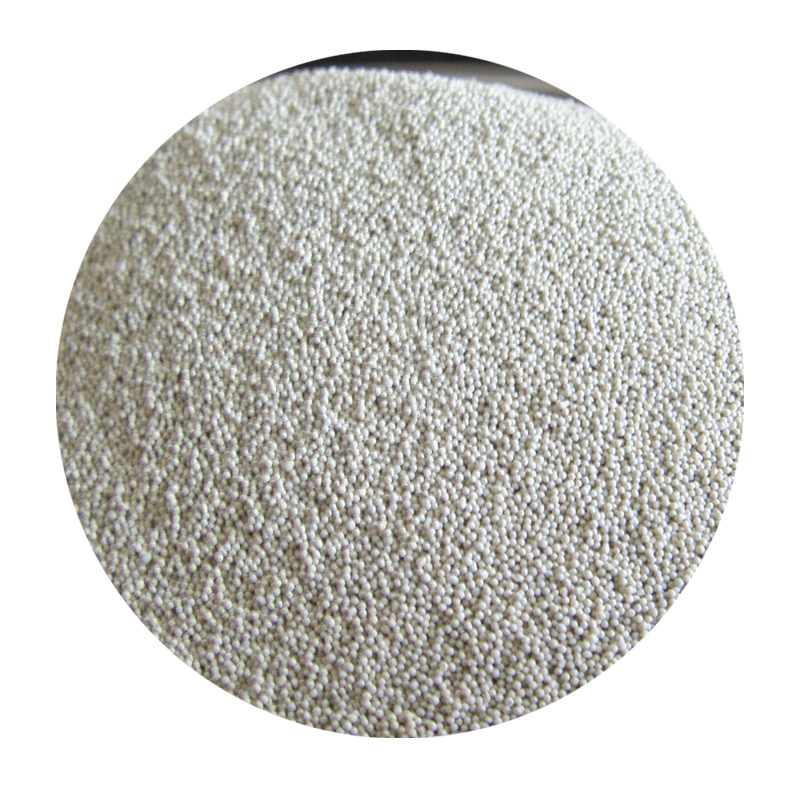Physical Properties of Foundry Sand
Foundry sand is a crucial material used in the metal casting industry, primarily for molding processes. The performance of foundry sand is heavily influenced by its physical properties, which directly affect the casting quality, mold strength, and production efficiency. Understanding these properties is vital for foundry operations, as it helps in selecting the right type of sand and optimizing the molding process.
1. Granulometry
One of the key physical properties of foundry sand is its granulometry, or particle size distribution. The size and shape of sand grains significantly influence the mold's permeability, strength, and stability. Typically, foundry sands are characterized by their uniformity and spherical shape, which aids in achieving a smooth surface finish on castings. The ideal grain size usually ranges between 0.1 mm and 0.5 mm, allowing for optimal packing density while maintaining adequate permeability to allow gases to escape during casting.
Specific gravity is another important characteristic of foundry sand. It is defined as the ratio of the density of the sand to the density of water. Foundry sands generally have a specific gravity ranging from 2.5 to 2.7. This property is crucial because it affects the weight of the molds and the required amounts of sand in the casting process. Higher specific gravity can lead to increased mold stability but may also require adjustments in the molding equipment to account for the additional weight.
3. Permeability
physical properties of foundry sand

Permeability refers to the ability of sand to allow air and gases to pass through its structure. This property is critical during the casting process, as trapped gases can create defects in the final product, such as blowholes and poor surface finish. Foundry sands with high permeability can efficiently release gases generated during metal pouring, ensuring a cleaner casting process. The permeability of sand is influenced by its grain size, shape, and the consistency of the sand mixture.
4. Moisture Content
The moisture content of foundry sand significantly impacts its cohesiveness and strength. Typically, a moisture content of around 2-5% is desirable for optimal molding properties. Adequate moisture helps in binding the grains together, enhancing the sand's ability to hold its shape while maintaining the necessary permeability. However, too much moisture can lead to excessive steam generation during casting, resulting in defects.
5. Green Strength
Green strength refers to the strength of the mold when it is initially formed, without any heat or further processing. It is an essential property for ensuring that molds retain their shape and integrity during pouring. The green strength is influenced by the type of binder used, the moisture content, and the particle characteristics of the sand. A mold with good green strength can withstand the pressure of the molten metal, reducing the risk of collapse or deformation.
Conclusion
The physical properties of foundry sand, including granulometry, specific gravity, permeability, moisture content, and green strength, play a vital role in the successful production of castings. Understanding these properties allows foundries to select the most suitable sand types and make necessary adjustments in the molding process. As the metal casting industry continues to evolve, further research and advancements in foundry sand properties will likely lead to improved casting quality and operational efficiency. Proper management of these physical characteristics ensures not only the fidelity of the casting process but also the sustainability of foundry operations in a competitive market.
Post time:Aug . 13, 2024 16:15
Next:Exploring the Benefits and Applications of Foundry Molding Sand in Metal Casting Processes
